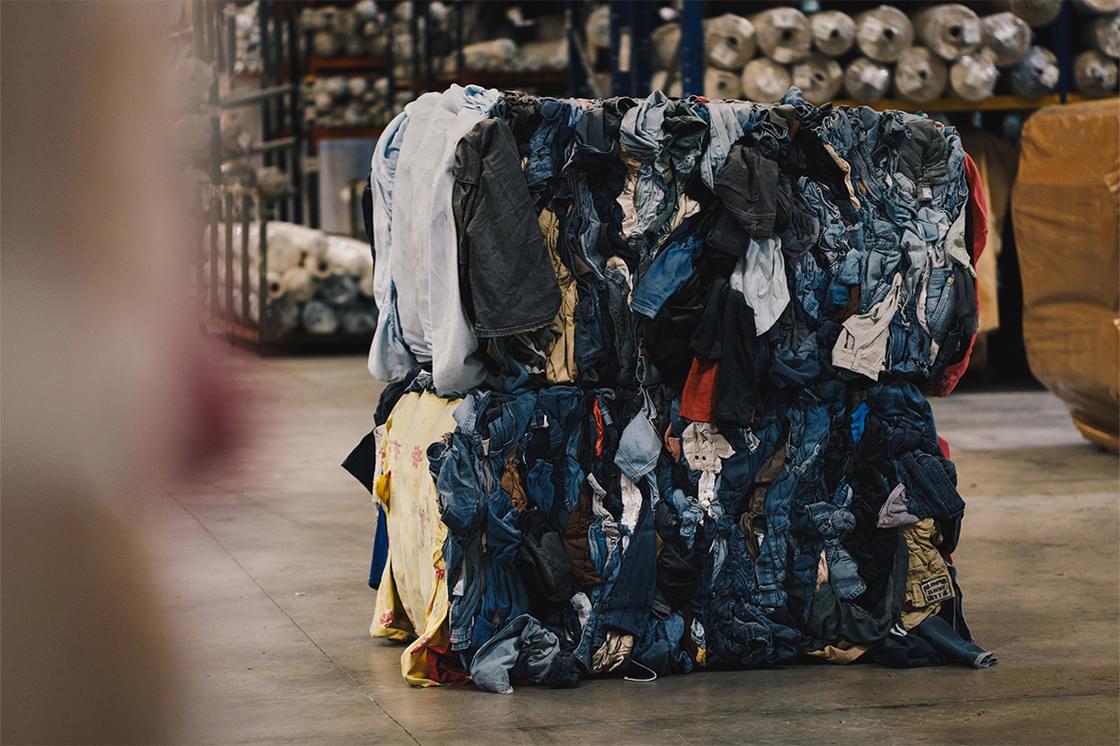The Intersection of Fashion and Recycling Tech
In this article, we'll explore how technology is driving this transformation and reshaping the future of fashion.


In recent years, there has been a growing emphasis on sustainability in the fashion industry, with brands and consumers alike seeking ways to reduce waste and minimize environmental impact. One of the most promising developments in this area is the intersection of fashion and recycling technology, where innovative processes are transforming recycled materials into fashionable items. In this article, we'll explore how technology is driving this transformation and reshaping the future of fashion.
Introduction: The Need for Sustainable Fashion
The fashion industry is notorious for its high environmental footprint, from the production of textiles to the disposal of clothing. As consumers become more aware of these issues, there has been a shift towards more sustainable and eco-friendly practices. Recycling technology offers a promising solution by repurposing materials that would otherwise end up in landfills, reducing the industry's reliance on virgin resources.
Advancements in Recycling Technology
Recent advancements in recycling technology have made it possible to transform a wide range of materials into new textiles and fabrics. For example, plastic bottles can be recycled into polyester fibers, while old denim jeans can be broken down and spun into yarn for new garments. Innovations such as chemical recycling and mechanical shredding have expanded the possibilities for recycling materials that were previously considered non-recyclable.
Upcycling and Circular Fashion
In addition to recycling, upcycling has emerged as a popular trend in sustainable fashion. Upcycling involves repurposing old or discarded materials into new products of higher value. This can include transforming vintage fabrics into stylish garments or creating accessories from reclaimed materials. By embracing circular fashion principles, which prioritize durability, repairability, and recyclability, designers can create timeless pieces that minimize waste and environmental impact.
Tech-Driven Design Solutions
Technology plays a crucial role in driving innovation in sustainable fashion design. 3D modeling software allows designers to create virtual prototypes and experiment with different materials and textures before producing physical samples. This not only streamlines the design process but also reduces the need for material sampling and wastage. Additionally, advancements in digital printing technology enable more sustainable dyeing and printing processes, reducing water consumption and chemical usage.
Consumer Awareness and Education
While technology plays a significant role in driving sustainability in fashion, consumer awareness and education are equally important. Many consumers are now seeking out sustainable and eco-friendly clothing options, prompting brands to prioritize transparency and ethical production practices. By educating consumers about the environmental impact of their purchasing decisions and empowering them to make more informed choices, we can create a more sustainable fashion industry for the future.
Conclusion: A Greener Future for Fashion
In conclusion, the intersection of fashion and recycling technology holds immense potential for creating a more sustainable and environmentally conscious industry. By leveraging innovative processes and embracing circular fashion principles, designers can transform recycled materials into fashionable items that are both stylish and eco-friendly. With continued advancements in technology and increased consumer awareness, we can look forward to a greener future for fashion.